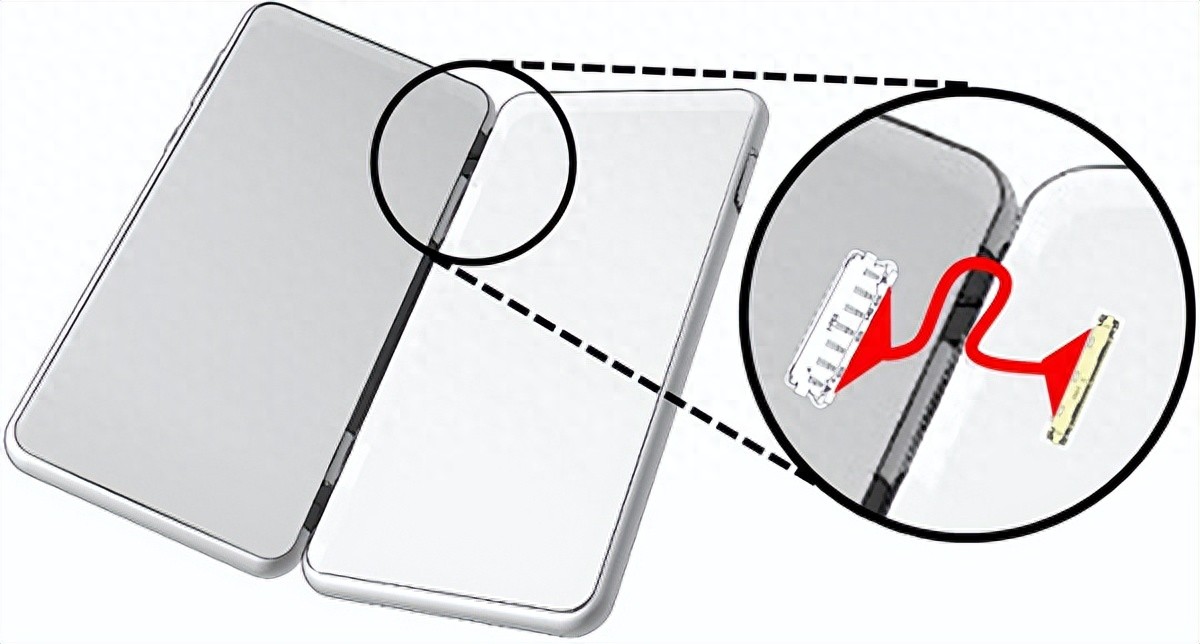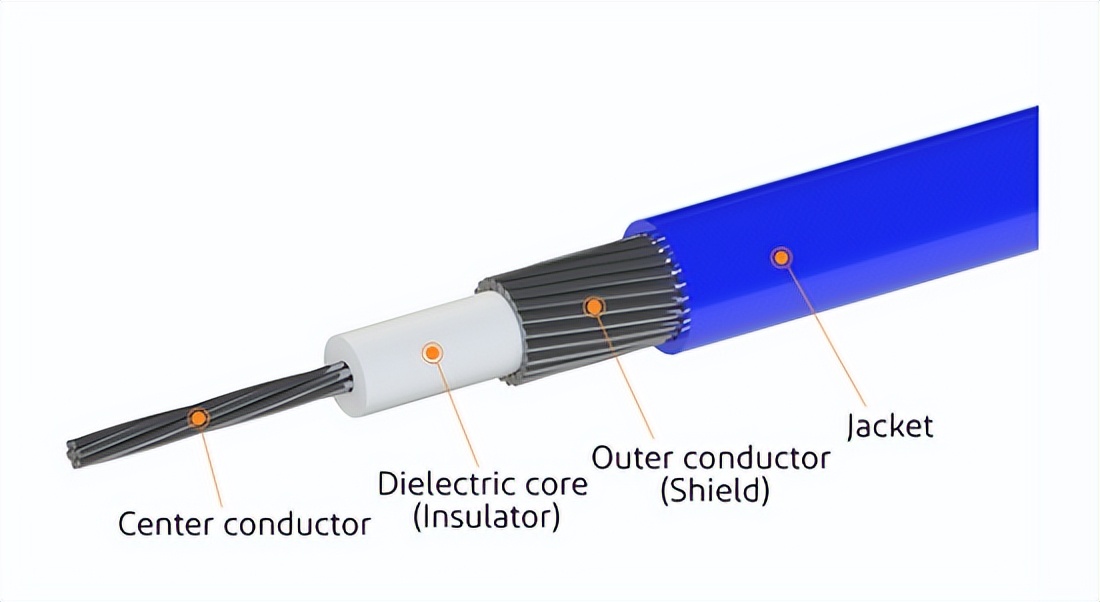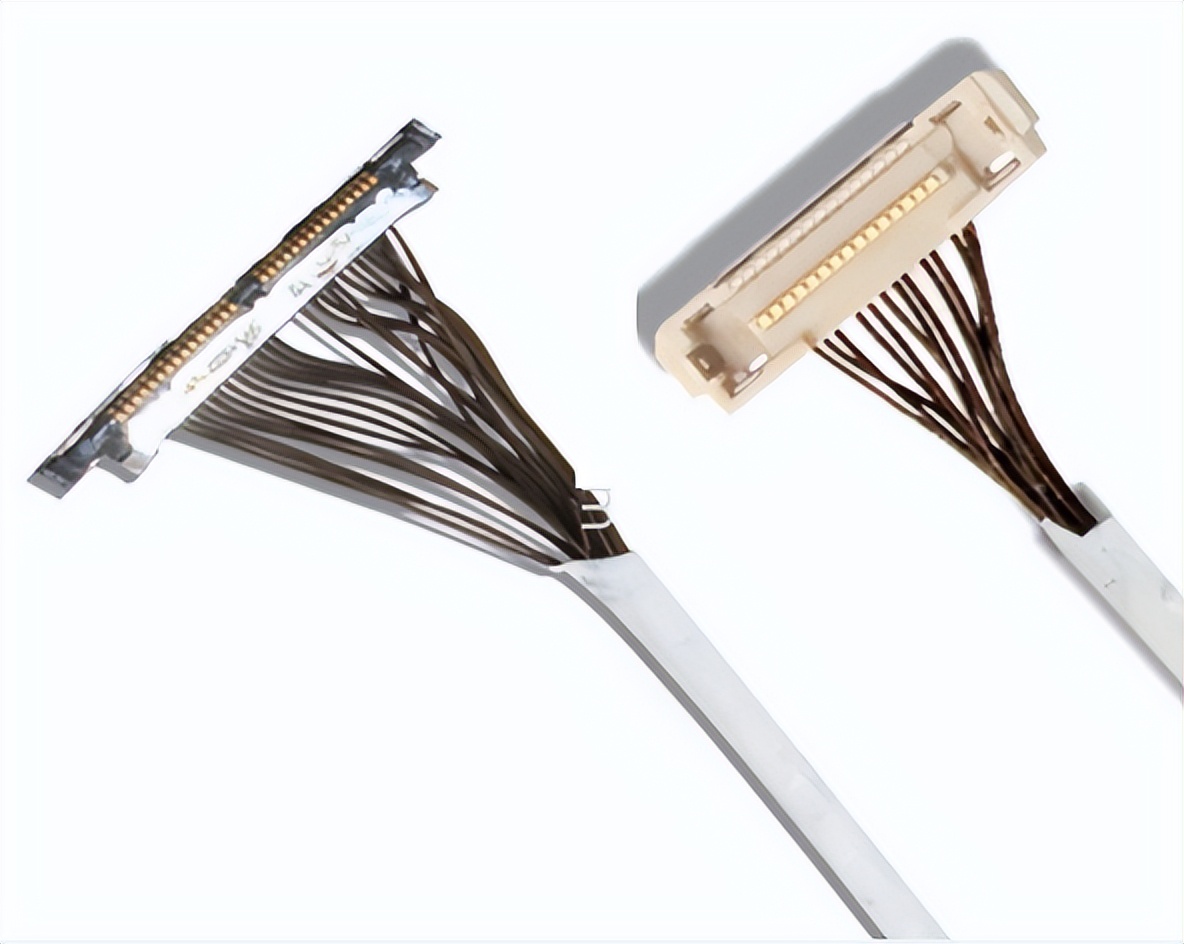Categorization:Harness Component
As smartphone camera sensors continue to move towards higher pixel counts, higher frame rates, and multi-lens collaboration, the stability and speed of internal signal transmission have become key factors in performance improvement. Extremely thin coaxial cable束 (micro coaxial cable) has become an indispensable and important part of signal transmission in modern camera modules due to its advantages of high frequency, low loss, excellent anti-interference, and ultra-small size.
Structure characteristics of ultra-fine coaxial beam:
The diameter of extremely fine coaxial cable bundles is usually less than 1mm, using a coaxial structure design with a central conductor, insulating medium, outer conductor, and sheath. This structure ensures excellent signal integrity while also offering good flexibility and tensile properties, allowing for flexible wiring in confined spaces and is particularly suitable for high-density electronic devices such as camera modules.
High-speed signal transmission capability:
In the camera system of smart phones, the image data transmission rate is extremely high. The miniature coaxial cable can simultaneously support the transmission of high-speed differential signals and single-ended signals, ensuring that high-definition video signals are transmitted losslessly in a very short time. Its strict impedance control and low crosstalk characteristics keep the image data clear and stable, enhancing the overall image quality.
Excellent anti-interference performance:
The electromagnetic environment inside a mobile phone is complex, and signal interference is inevitable. The extremely thin coaxial cable bundle passes through a fully enclosed metal shielding layer, effectively blocking external electromagnetic interference (EMI) while preventing internal signal leakage and avoiding crosstalk issues. This all-around shielding design provides a solid guarantee for high-resolution imaging and high-speed image processing.
Four, flexibility and spatial adaptability:
In the face of structural challenges such as foldable smartphones and ultra-thin bodies, the flexibility and bendability of ultra-fine coaxial cables have become crucial. They can be flexibly deployed in narrow spaces such as hinges and bending channels, ensuring both mechanical reliability and maintaining signal stability and continuity. Their excellent flexibility makes complex module wiring more efficient and reliable.
Five, typical applications of camera modules:
The extremely thin coaxial cables mainly perform three major functions in camera modules:
High-speed image data transmission—connect the camera with the mainboard, to achieve high-resolution video and image signal transmission at high speed.
Complex structure wiring——can easily pass through hinges, corners, and narrow spaces, meeting the design requirements of multi-camera modules and folding structures.
Miniature connectors with——used in conjunction with miniature high-speed connectors, to achieve high-density connections and stable contact.
In general, ultra-fine coaxial cable束, with its advantages of thinness, high speed, low noise, and high flexibility, has become an indispensable key component in smartphone camera modules. It not only provides technical support for high-resolution image transmission but also lays the foundation for the lightweighting and high integration of intelligent devices.
I amSuzhou Huichengyuan ElectronicLong-term focus on the design and customization of high-speed signal cables and ultra-thin coaxial cables, committed to providing customers with stable and reliable high-speed interconnection solutions. If you have relevant needs or want to learn more, please contact:Manager Yin 18913280527 (WeChat same number)。